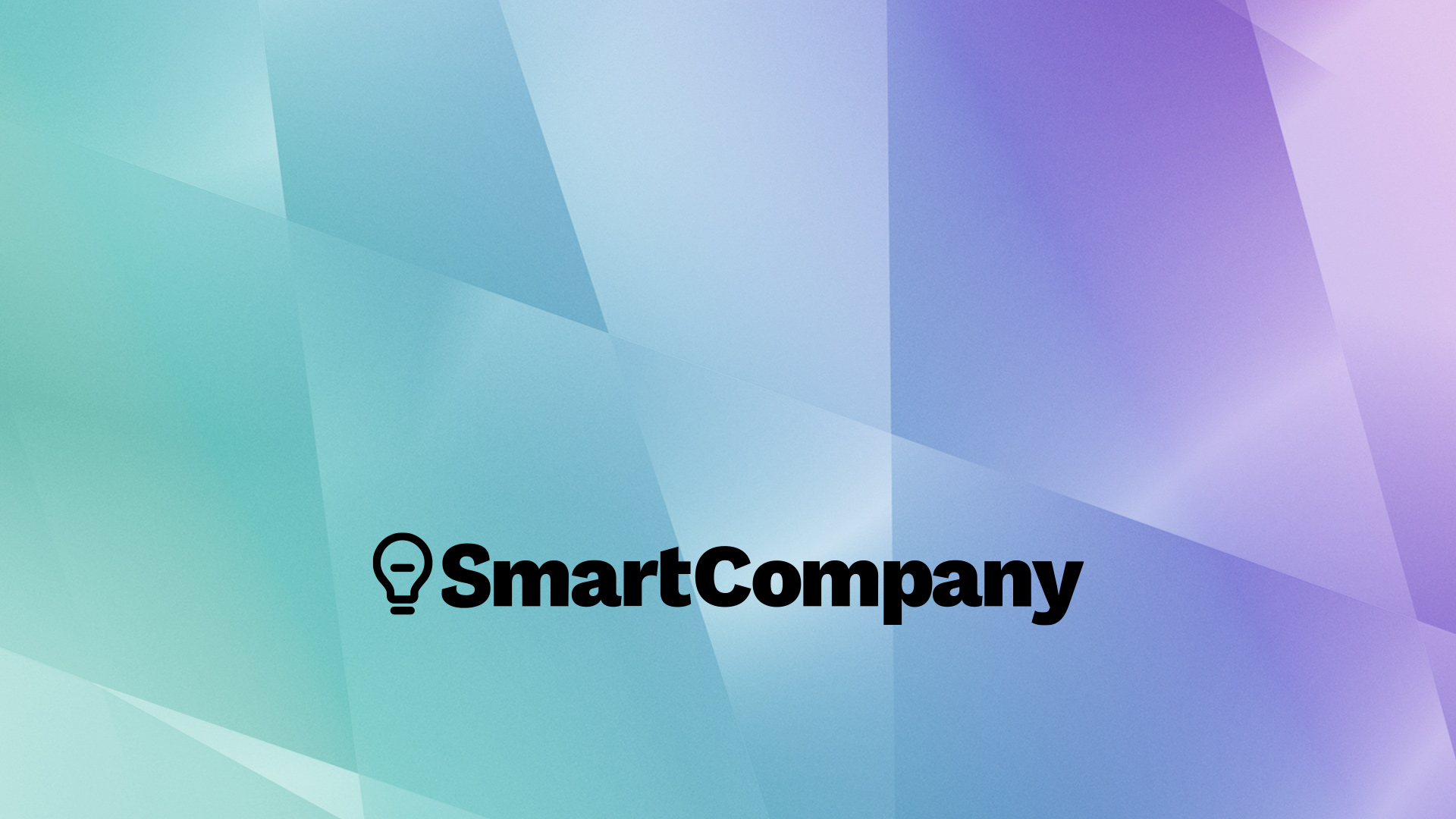Congratulations to Joshua Kamil from Ready Steady Print on winning $2,000 of Bing Ads promotion! You can read the story of how Bing’s promotion helped his business right here on SmartCompany.
Many SMEs are promoting their services online with pay-per-click advertising. Here are five tips to help get your strategy right.
For every business, embracing pay-per-click advertising (PPC) can cause concerns if you feel you’re spending money on a service that doesn’t deliver return. Many SMEs are likely to be intimidated by this type of search marketing and think it’s extremely scientific, but PPC can be a simple, great tool for driving traffic to your website and converting interest to sales.
Whether you’re new to the game or already a pro, you’ll want to choose the right approach to make sure you are effectively promoting your website and increasing your business’s visibility.
Tip 1: Understand how PPC advertising works
PPC is offered by/available on search engines like Bing and Google, which allow businesses and individuals to purchase listings in users’ search results. By strategically placing your ads in the path of so many searchers with PPC, you’re likely to get more clicks to your site, and more sales, explains Bing’s Regional Segment Strategy Manager (Asia) – Global Search and Digital solutions, Chris Wallington.
This form of advertising is suited to all sizes of businesses, he says. “We’ve worked with advertisers big and small, ranging from top customers who are spending hundreds of thousands a month to smaller businesses spending a hundred dollars a month with a positive response.
“And remember that you’re only paying for the activity that people click on, and only committing to activity from people who are generally interested in your services.”
Tip 2: Have a clear objective
Before embarking on your campaign, consider what people are searching for and focus on a set of keywords and ads that are going to bring relevant traffic to your website, suggests Wallington.
What goal do you want to achieve? Are you trying to drive traffic to your website or increase exposure of a product? Be clear about why you are advertising, as this will help you choose appropriate keywords and write influential adverts. Then think about the features that will best work for your business.
Tip 3: Are you targeting the correct audience?
To help reach relevant audiences locally, or around the globe with precision, SMEs should consider products with geo-targeting capabilities. Geo-targeting allows you to display ads by targeting the most relevant audiences based off factors such as gender, age and location, as well as day of week and time of day.
“You can be as specific as targeting males, ages 18-24 on Mondays between 3pm to 4pm in the suburb of Cronulla,” Wallington explains.
“With Bing Ads, for example, you can even access city-level targeting where you can go right down to a suburb level, which is critical for small business.
“If you’re a plumber based in NSW for example, you can zone right down to your suburb and the ads will only show to people in that area.”
Tip 4: Direct potential leads straight to your phone
While having a polished website is important, what small businesses really want is the phone to ring, Wallington says. By looking for features such as Call Extensions, you can display a phone number within the advertising as a way of directing your campaigns towards the phone. More calls mean more sales.
“If you’re a large business or e-commerce business you probably spend more time invested in monitoring your website, but if you’re a small business you might be out of the office doing jobs, so having the phone ringing will help leads come to you.”
Tip 5: Increase your click-through rates
Adding Sitelink Extensions – additional links in ads – is a great way of helping lead customers to specific pages on your website which can increase both click-through-rate and conversions, suggests Wallington.
If you have a deep site with lots of sections, Sitelink helps list out the sections of your site you choose under your main copy. By taking potential customers to exactly the material they were searching for, you can promote specific products, services, or areas of your website and tailor to the campaign you’re ultimately moving towards.
Written by: Thea Christie





